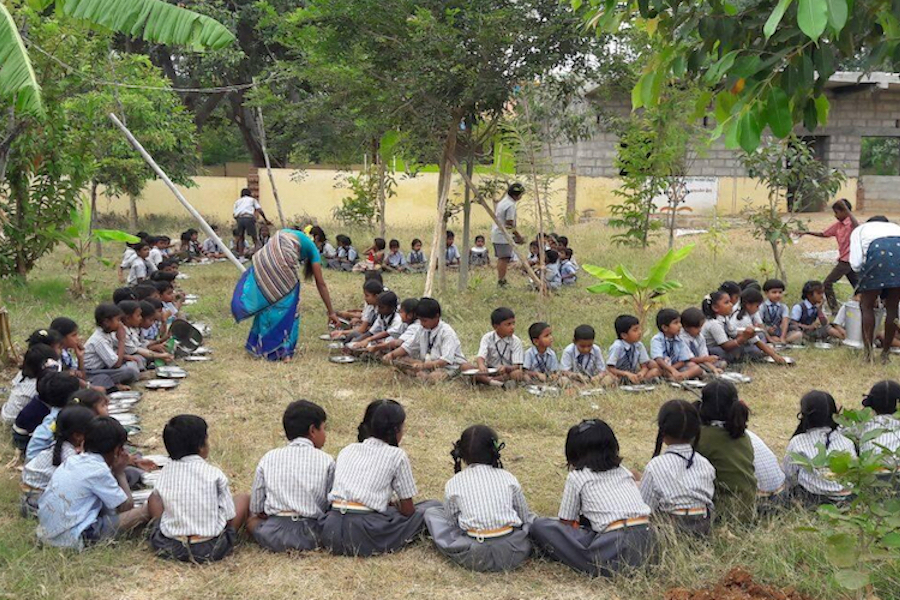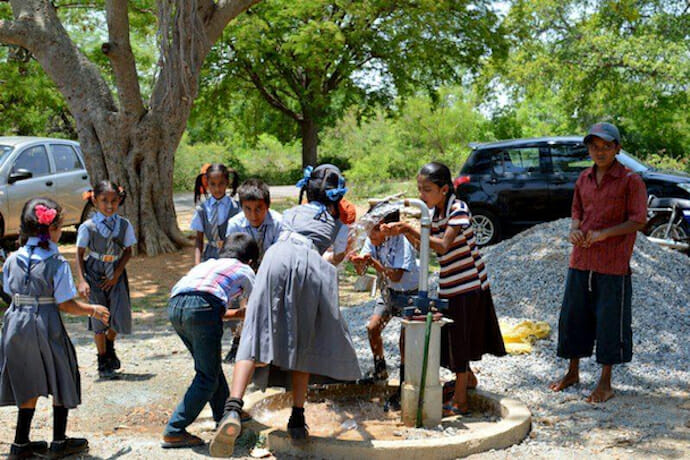
Culture
Social Polarization Challenges: Can they Lead to Social Innovation?
The process of segregation within a society emerging from poverty, social exclusion and income inequality has led to the formation of various social groups, from high-income to low-income. Each group has experienced different upbringings and educational opportunities. As a result, within the same society we see separate schools for different income groups. Many research studies have corroborated that students from high income families are more successful than those from low income backgrounds.
I am not debating the social class systems nor discussing the best method of affirmative action. Imagine that I am a teacher and in my class I have a bird, a monkey, an elephant, a fish and a penguin. I have to select a leader of the class and therefore I give my students a test. To be fair on the selection process, everybody has to take the same test. Accordingly, I show them a tree in a nearby park and ask them to climb it. Then, I choose the winner as the class leader. Is this a fair way to choose the leader? Let us at least be aware that our “system” is terribly flawed; we do not recognize an individual’s originality. We are aware that it is in a person’s formative years that social attitudes are created. The kind of school where we get formal training determines our progression into a new social class! If the overwhelming majority of the people are not provided with equal educational opportunities, then the nation cannot be called a progressive nation.
I grew up in a society which is very socially polarized. However, I am overwhelmed with gratitude to my parents and the private schools where I received my formal training. Research studies have also corroborated that family background, schools and friends are strongly correlated to upward social mobility. However, for many these exposures do not exist. I have developed a model for social change through a state run school which could be a ray of hope in forming a progressive social class!
My colleagues and I approached a state run village school which had just one teacher. A friend had attended this school and was able to improve his status in spite of many hardships. I still remember my first visit to the village. When I arrived at the nearby bus station, the school teacher picked me on his motorbike. Upon arriving at the school he introduced his eagerly waiting enthusiastic kids. The goal was to build a school with good campus facilities, provide a quality education, urban amenities and a green environment.
Very soon it became apparent that it was impossible to use the existing campus. Building a new campus required enormous amounts of funds, time and effort. Availability of land was the biggest concern. Giving up on the idea wasn’t an option. Sooner or later problems lead to opportunities. Participation of all constituents was essential. We sought a private, public and people partnership. Eventually residents of the village came forward and donated three acres of land. Thus our biggest hurdle was overcome and we started to make blue prints for the new school building.

Those who directly experience a problem know the issues most intimately and will make meaningful contributions to the project. The entire village offered their services and they became agents of change. I am short of words in explaining the power of participation which illustrates connection, engagement and action!
As the first phase of the building construction progressed, we started to think about the functional and operational aspects of the model school. How can we bring ‘Equality in Educational Opportunity’? The most difficult problem was how to provide urban amenities and yet maintain the essence of the village. Providing facilities on a par with private schools will set a stage for equal opportunity but how do we cultivate awareness about the environment, health, etc. Ultimately students who are graduating from this school shouldn’t only be looking for opportunities in big cities. So sustainable natural agriculture was introduced as part of the new curriculum. Access to clean water and sanitation was given primary importance.
Today, we have a functional public school providing a quality education to nearly 100 students. We have a clean and green campus where students are being educated by trained teachers. The state run mid-day meal scheme is implemented to reduce the dropout rate.
We successfully fulfilled our objectives. The power of participation is incredible! An idea which originated from social obligation led to social engagement. Through participation a new infrastructure has been built and the state is running this school today and the villagers have their say in the progress of this model school. We named this project MOVE an acronym for ‘Model Village Education’ which is committed to innovative teaching and learning practices that fulfill the social well-being of students: a novel solution to a social problem that is effective, efficient and sustainable. I believe that this is a new beginning for social innovation in ‘Equality of Educational Opportunity.’

